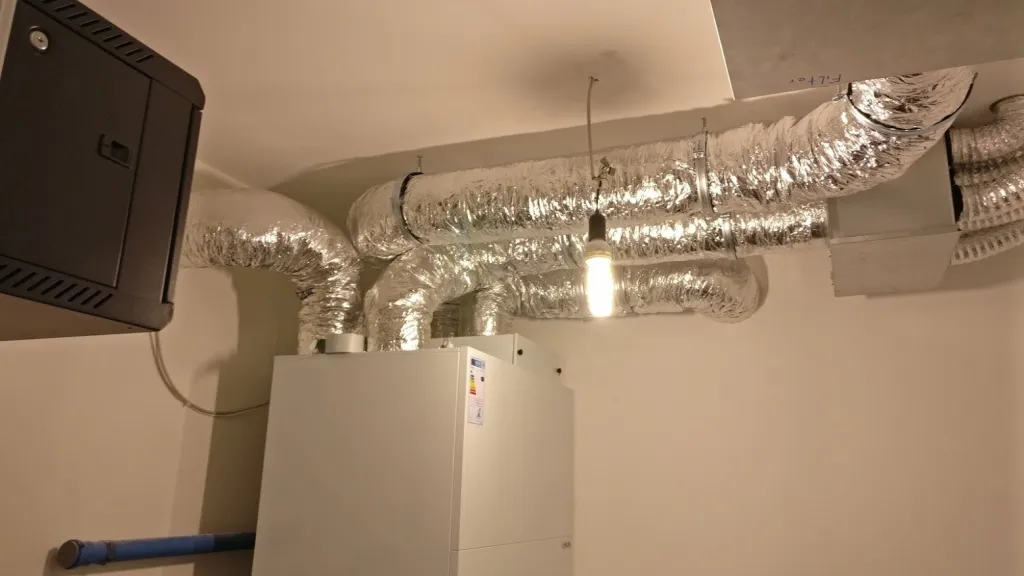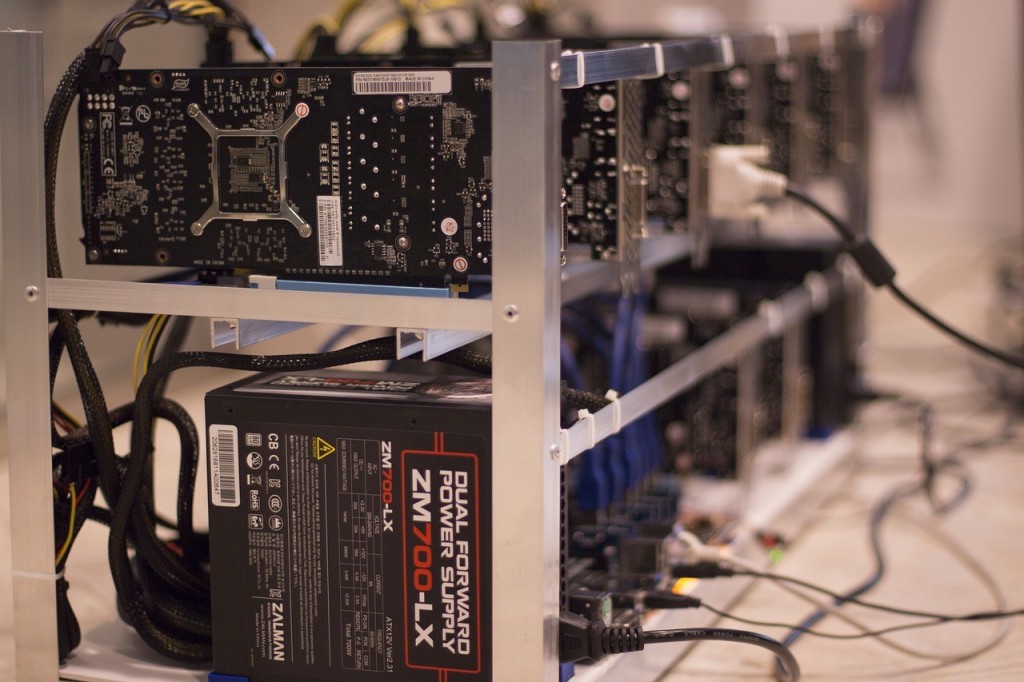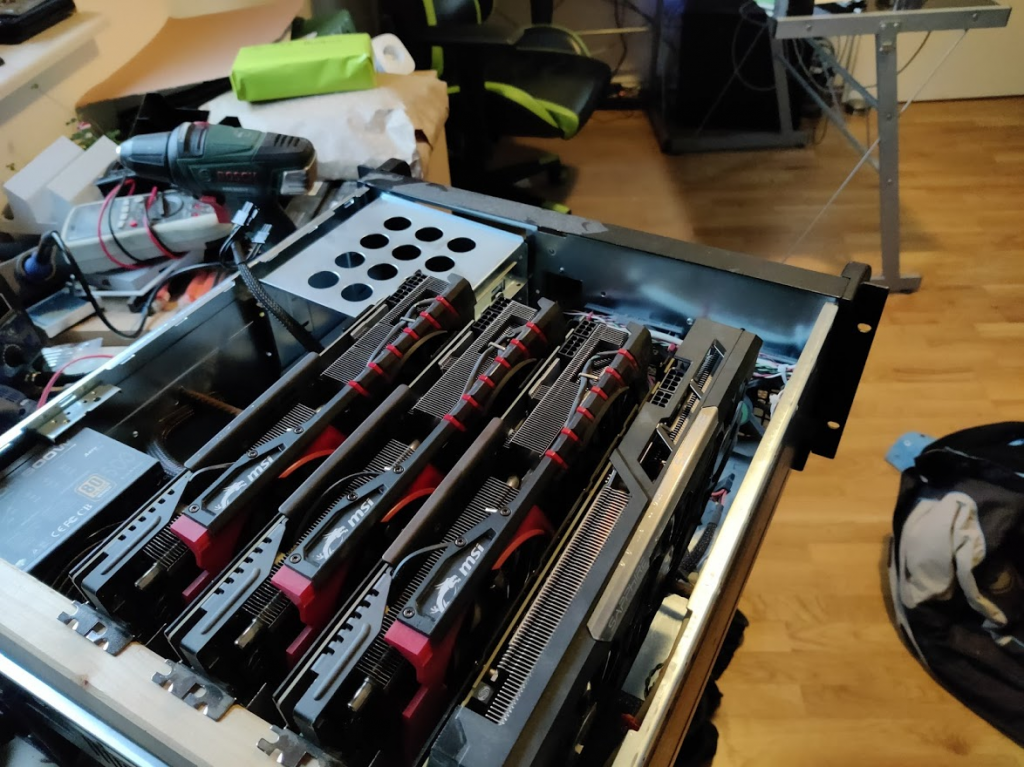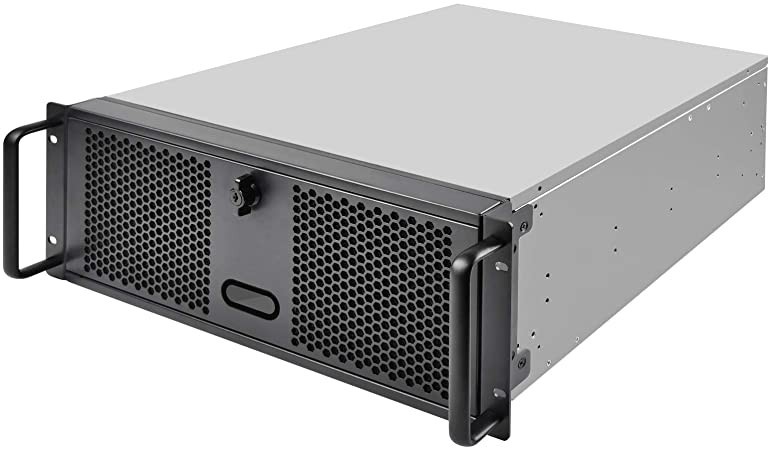After building my own smart meter using 4$ in parts I started checking my electricity usage every day, which made me realize how expensive it is to heat your home. Especially since all heat and warm water in my low-energy house is made with electricity. I do have 4.8 kwp solar panels on my roof but in winter they don't cover too much for obvious reasons.

What do I have and how can I improve it
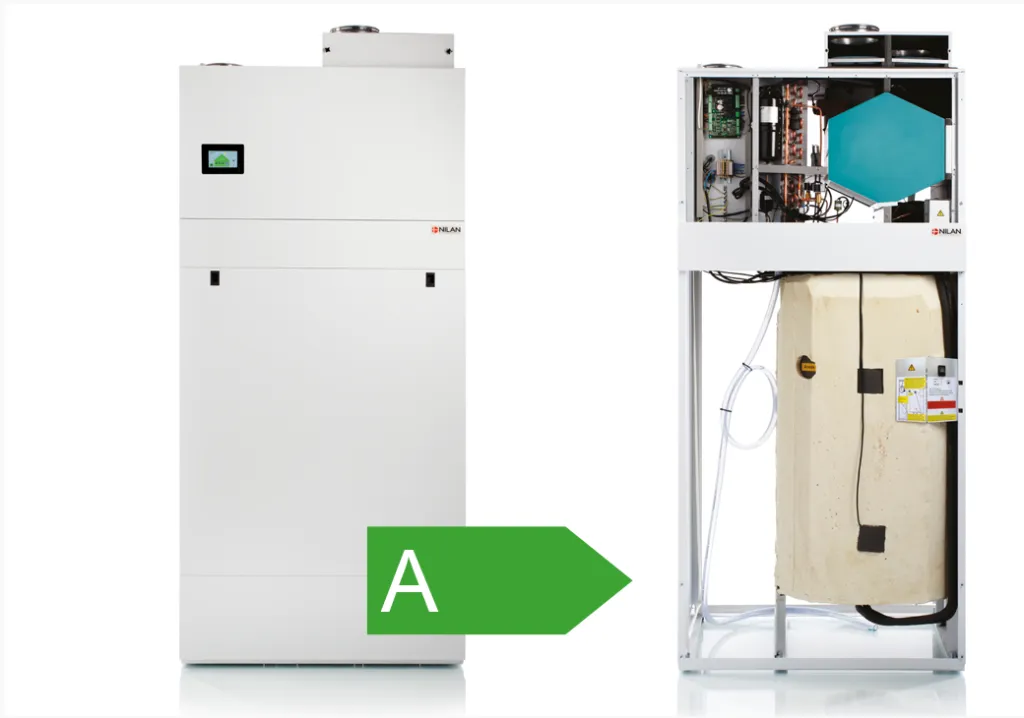
My house is heated (and cooled) with a central ventilation system powered by a heat pump. Basically my heat pump is pulling in fresh air from outside, heating it and blowing it in all rooms and making hot water. Also I have infrared panels in every room for the really cold days.
It's pretty smart and even uses the absorbed heat of the house before venting it out to warm the fresh air but it has a major downside during cold days:
The outside temperature has to be warmed up to room temperature by the ventilation system
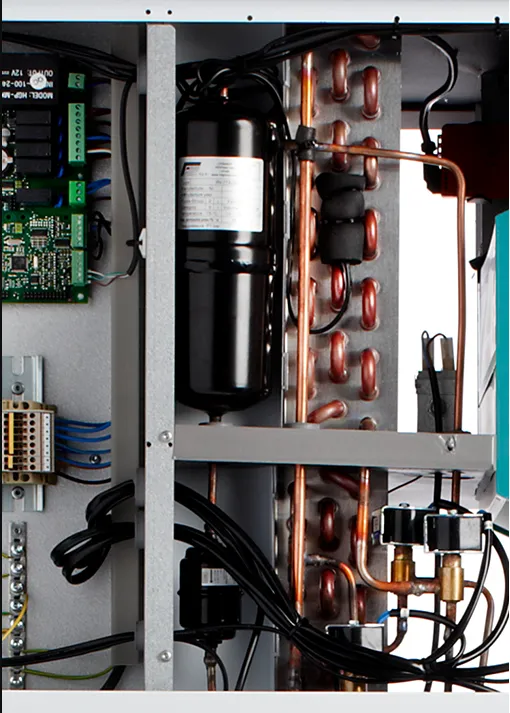
Simple solution: pre-heat the incoming air
Since the air has to be heated to room temperature every °C counts. Many heat pumps take heat from the ground to pre-heat (in winter) or pre-cool (in summer) the outside air before sending it to the heat pump but that would have been too expensive for me so I chose the simple method of just using the outside air as-is.
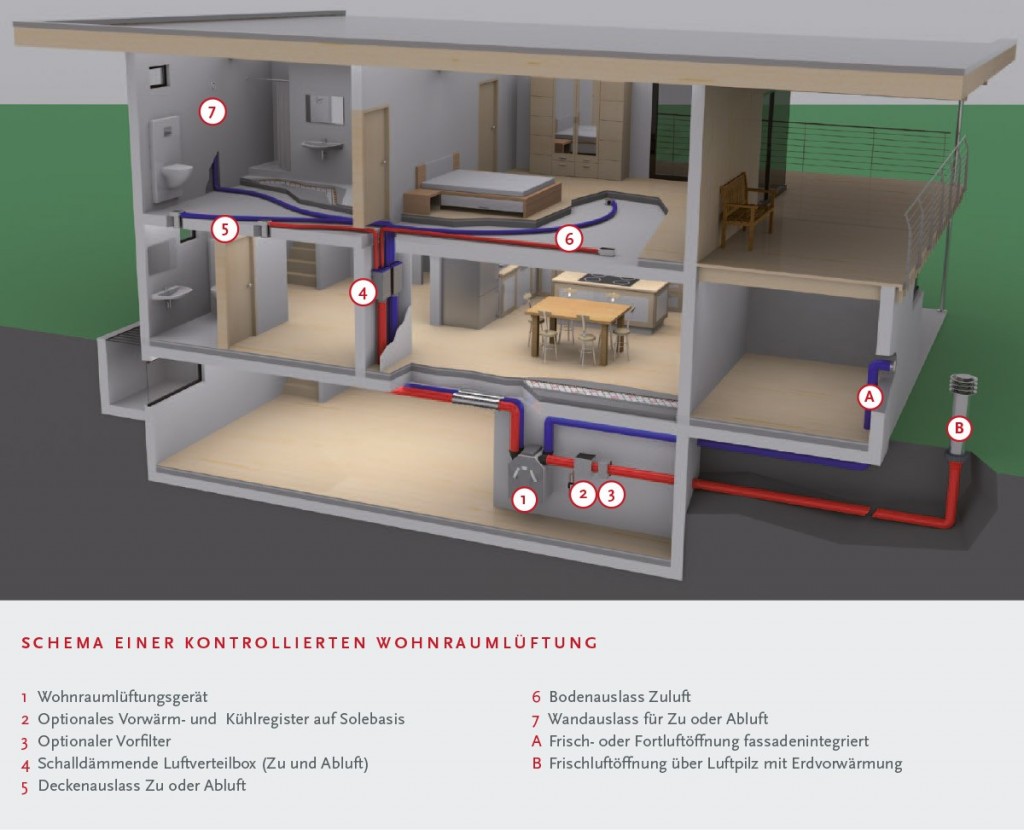
Since laying about half a kilometer of air or salt tubes in my back yard was not an option I was looking for better solutions and I found it in the world of crypto currencies.
What is a Crypto currency miner
Some crypto currencies (don't call them "crypto", that's lame and wrong) are generated by thousands of people who run dedicated hardware to basically calculate random numbers until one cryptographically correct one is found. Read more about how it actually works
Never mind how it works on a technical level, the main takeaway is that you can put some device in your house that uses electricity and produces heat. In exchange you get shares of that crypto currency coins like Ethereum or Bitcoin which you can sell on a trading platform.
Is it even worth it?
I had 4 older AMD R9 390 GPUs laying around (for the nVidia crowd that's basically on a level with a GTX 970) and I thought it could work. They are not ideal for mining because even though they have a good hash rate (30MH/s), they are very power hungy and will use about 900 Watts combined. Mordern cards would perform much better. To see if they could still make a profit I checked the Cryptocompare Mining calculator, put in my electricity price, the consumption and the hashrate of these cards and was surprised by the results.
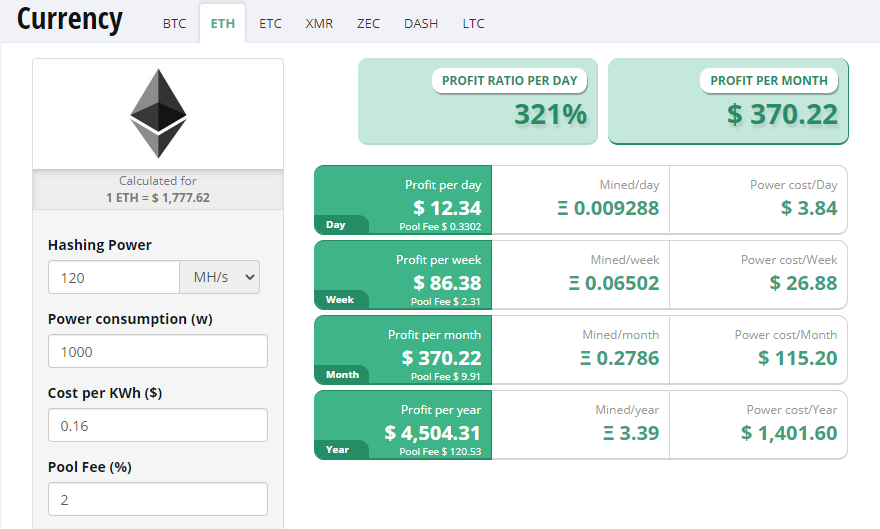
So at the time I was making about 3.8$ profit a day with the miner. Meaning on cold days I'd half my power bill even after paying for the electricity the miner is using. But that's just step one of the plan.
Now that we know it is worth it while the Ethereum price is higher than 900$, let's see what we can do with the heat.
Recycling the heat of the miner to warm my house
Each of these cards are running at about 80°C (176°F). I can just harvest this heat and send it to my heatpump so it would need less energy warming the outside air. Basically I had two options.
Option 1: Lazy heating from within the house
The central ventilation system does not only push fresh air into the house, it also sucks out the used air and uses this air in the heat exchanger to pre-heat the outside air.
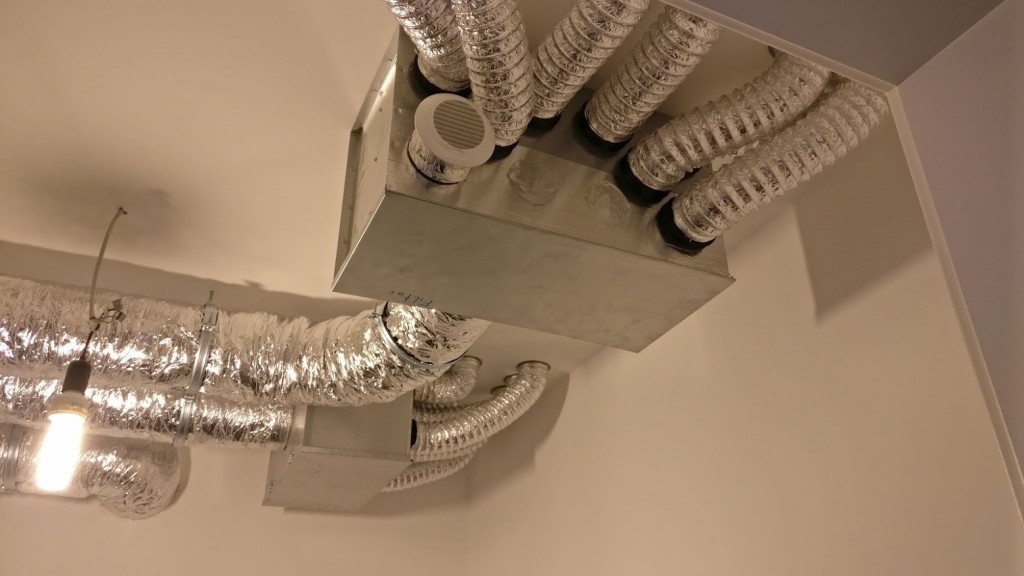
Placing the miner in this room will cause the warm air to be sucked in and pushed directly into the heat exchanger together with the used air from the house. This is the lazy method because I don't really have to do anything but put the miner in the same room as the heat pump but of course there is a downside.
| Pro | Contra |
|---|---|
| Easy to set up | Room heating up too much, decreasing mining performance |
| No further investment needed | Limited space in the heating room |
Option 2: Running the miner outside the house, funneling in the heat
Since I'm only running the miner when it's cold outside (and the price is high enough) I can use the cold, dry outside air to cool the miners and also recycling the warm air they produce to feed into the heat pump. I asked the technician who installed the heat pump and he said that it's a good idea.
So the plan is that I have the GPUs in the server case and connect the front of the case to my heatpumps inlet.
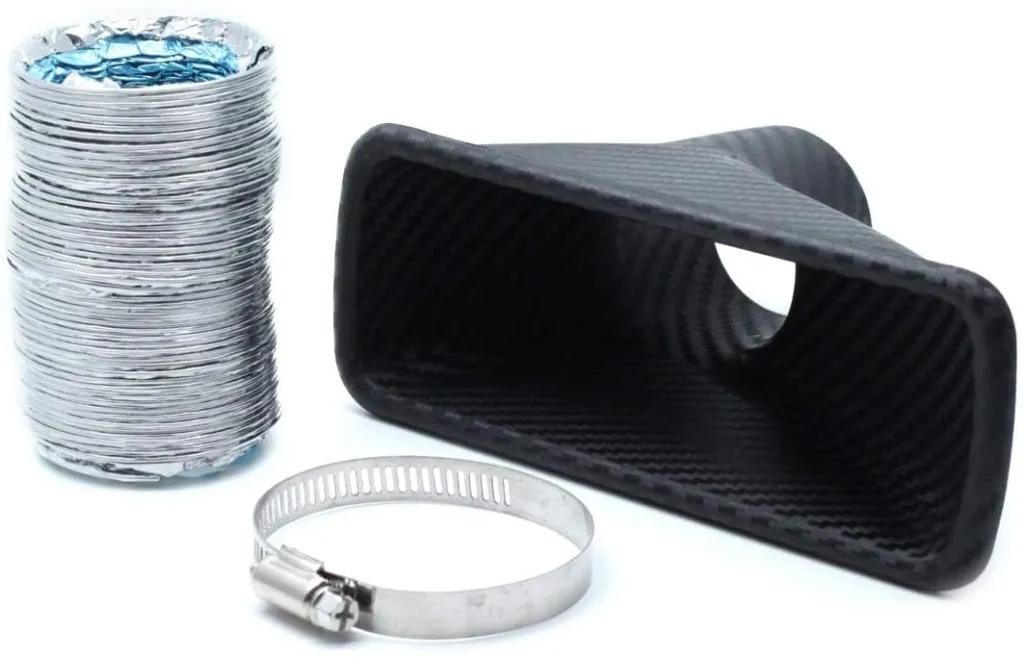
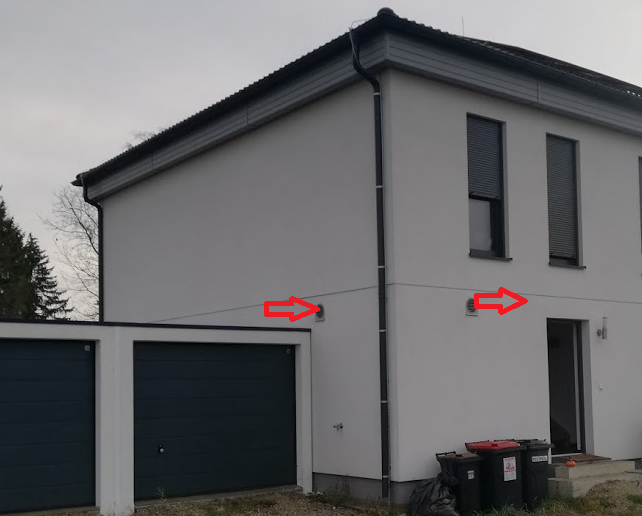
| Pro | Contra |
|---|---|
| Using pre-heated outside air | Many headaches for parts and installation |
| Miner GPUs will be kept cool which results in better hash rates | Surprisingly pricy |
Results
Okay so far the mining gains cover half of my electricity (=heating) bill but what difference does the pre-heated intake air make?
Let's see

Success! I was able to lower my heat pump's electricity needs by ~50% and half of the costs are also paid for by the mining earnings
This turned out much better than I hoped for. Who has ever heard of a heating system that lowers your bill when running? Also on sunny days the miner and whole heat pump are running fully on solar energy collected on my roof.
Q&A
(updated when new questions come up)
Q: How long will the Miner stay profitable?
A: My mining rig will stay profitable until the ETH price is at ~900$. Below that it'll no longer match it's own electricity bill. Might still be worth it afterwards because it does lower the electricity need of my heat pump
Q: What software are you running on your miner?
A: I'm using Simple Mining, it's basically a mining OS based on Ubuntu. It does all the configuration and fine-tuning for you and I had much better hash rates than on my DIY windows box. But it costs like 2$ a month to use the service and I think they also mine 1% of the time for themselves.
Q: What about taxes? Can you keep 100% of your mining earnings?
A: That's different for every state and country. In Austria mining is considered commercial activity and you have to pay taxes but can deduct electricity and hardware costs.
If you keep your coins longer than the one-year speculation period, it's tax free.

Comment using SSH! Info
